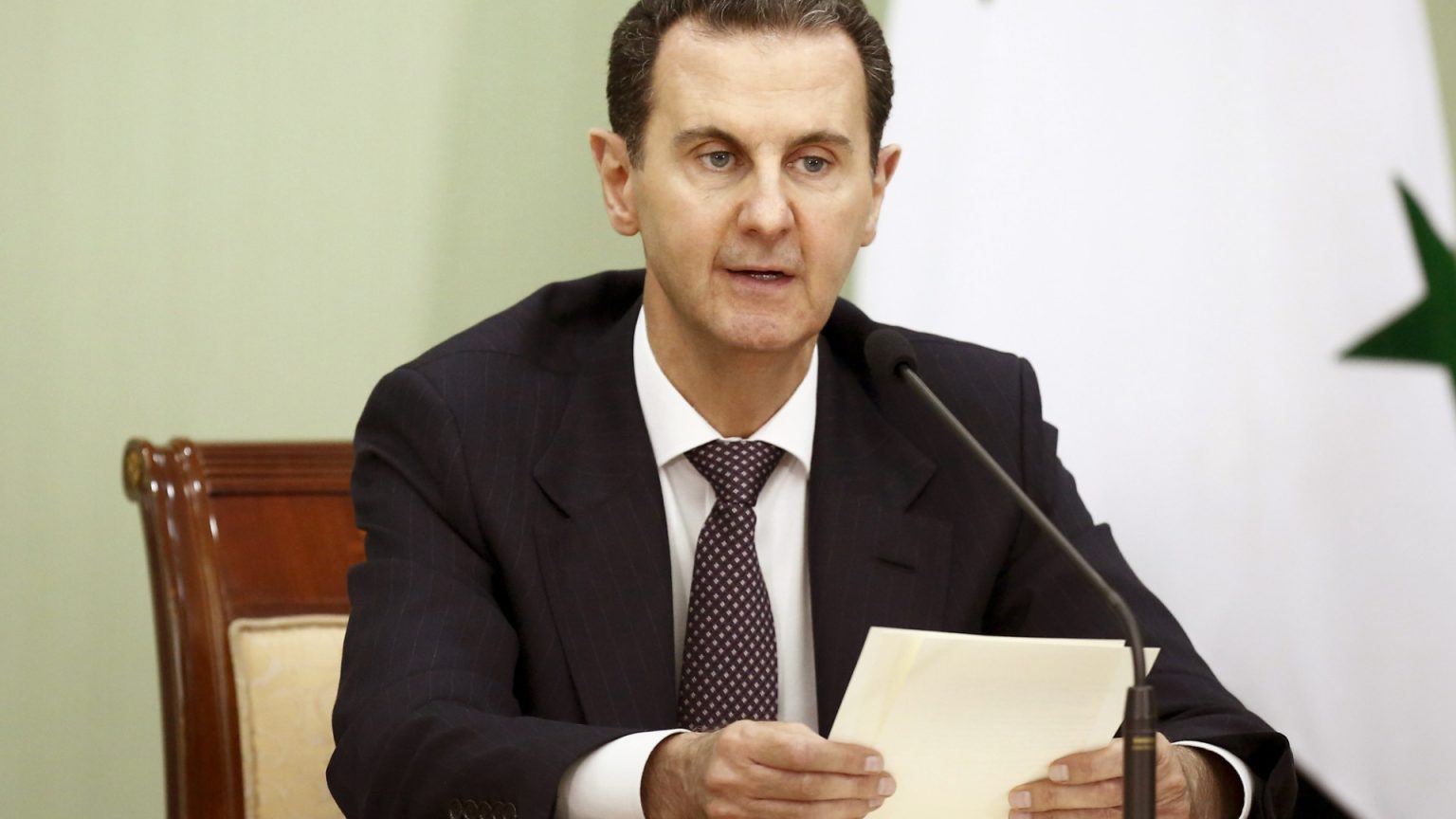The sudden collapse of Bashar al-Assad’s regime in Syria, likened to a “house of cards” by military experts, marks a pivotal moment in the modern Middle East. The swift rebel offensive, launched in late November, overwhelmed Assad’s demoralized and thinly spread forces, leading to the fall of key cities and ultimately Damascus. Assad’s dramatic escape to Moscow under the protection of Vladimir Putin underscores the regime’s utter disintegration and the failure of Iranian and Russian strategies in the region. This collapse not only signifies the end of a brutal dictatorship but also potentially reshapes the geopolitical landscape, particularly concerning Iran’s influence and the security of Israel.
The swiftness of the regime’s downfall surprised many, revealing the underlying fragility of Assad’s power structure. The rebel coalition, comprised of diverse opposition forces, capitalized on the regime’s weaknesses, demonstrating a level of coordination and effectiveness that had been lacking in previous years of conflict. Assad’s flight to Russia, after rumors of his plane being shot down, symbolized the complete loss of control and the abandonment of his forces. The scenes of jubilation in liberated cities, with statues of Assad being torn down and opposition leaders seizing government buildings, underscored the depth of popular resentment against the regime and the yearning for a new beginning.
The implications of Assad’s fall extend far beyond Syria’s borders, significantly impacting Iran’s regional strategy. Syria served as a crucial link in Iran’s “ring of fire,” a network of proxy states encircling Israel. The loss of this strategic ally weakens Hezbollah in Lebanon by disrupting supply lines and potentially disrupts Iran’s broader plans against Israel. Israel has been actively working to prevent sophisticated weaponry from falling into the hands of terrorist groups like Hamas and Islamic Jihad, carrying out airstrikes on suspected weapons storage sites within Syria. This precarious situation emphasizes the volatility of the region and the potential for further conflict.
Turkey’s role in the evolving geopolitical landscape is another critical factor. Concerns have been raised regarding Turkey’s potential expansionist ambitions in the region, with the possibility of extending its influence southward following Assad’s downfall. This raises the risk of confrontation with Israel, which has vowed to defend its interests. The potential clash between these regional powers adds another layer of complexity to an already volatile situation. Balancing these competing interests will be crucial for establishing long-term stability in the area.
Amidst these geopolitical shifts, the fall of Assad also presents a glimmer of hope for the Syrian people. Rebel leaders have pledged to establish a democratic and pluralistic Syria. The Syrian National Coalition, now in control of significant parts of the country, is working to establish a transitional government focused on unity and reconciliation. While the road to recovery will be fraught with challenges, including rebuilding infrastructure, addressing sectarian tensions, and managing extremist factions within the opposition, the possibility of a more hopeful future exists. The transition will require careful management, international support, and a commitment to inclusive governance.
The fall of Assad carries significant implications for the broader Middle East. It represents a setback for Iran and its proxies, potentially weakening their ability to project power and influence in the region. It could also create an opening for a more peaceful and stable future for Syria, if the new leadership can navigate the numerous challenges and build a truly representative government. The international community will play a crucial role in supporting Syria’s reconstruction and fostering an environment conducive to lasting peace and stability. The world watches with cautious optimism as Syria embarks on this uncertain but potentially transformative journey.


